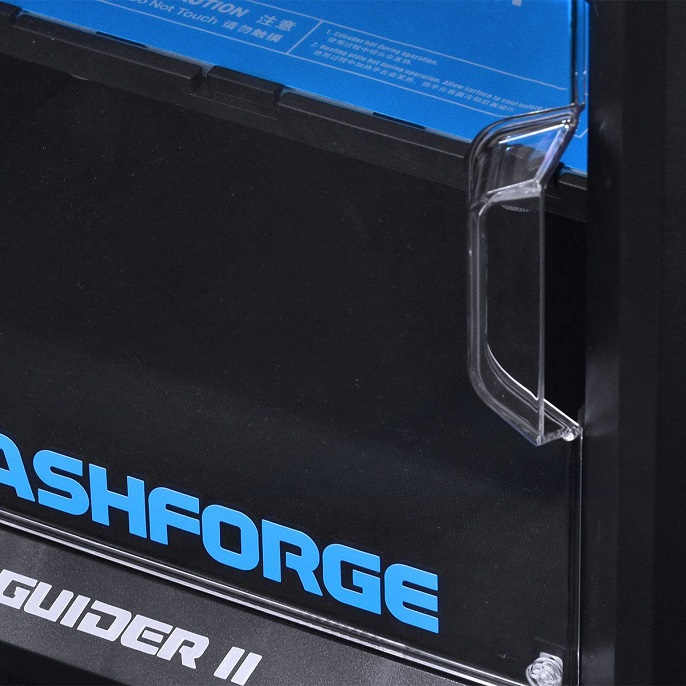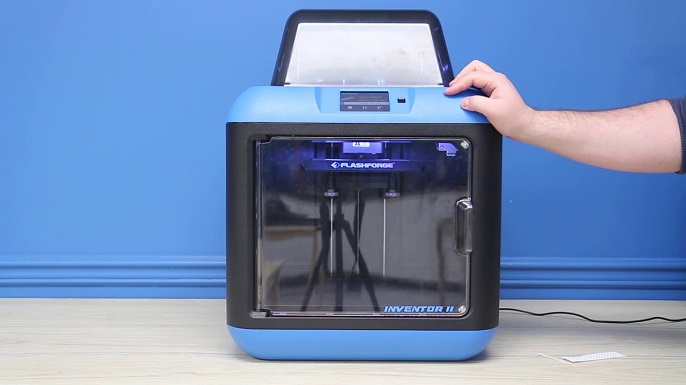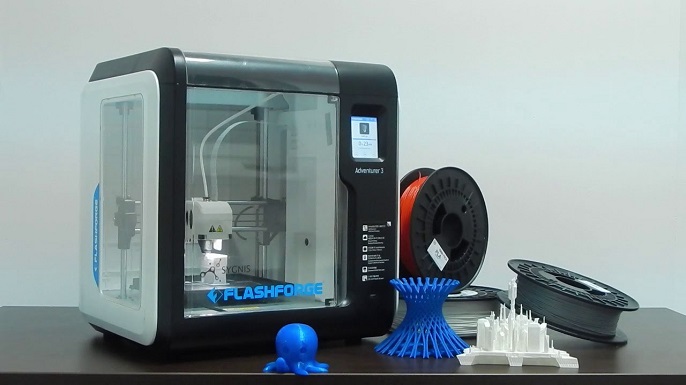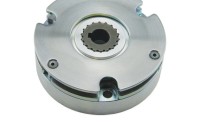The Ideal Consumer Flashforge 3D Printers in 2019

With the market of 3D printers growing every year, the number of features they now have is growing too and this creates the need to differentiate the commercial from the professional-grade printers as there is a fine line between the two. Built-in cameras, cloud integration and user-friendly interfaces are all becoming the new norm for commercial 3D printers. That being said, let’s take a look at three different models from Flahforge – a brand that has been keeping up with the innovations in this field.
Guider IIS

The large building volume of the Guider IIS is the feature that stands out the most, but this printer wouldn’t be that great if it weren’t for the built-in camera, the user- friendly colour touch screen and the FlashPrint – the company’s own printing software. This Flashforge 3D printer also works with Polar cloud and it comes with a built-in filament sensor too.
The camera allows you to have eyes on your print job when on the road, and in case something happens, you can always control the print job through the cloud service which comes enabled by default on this device. The filament sensor serves to control print jobs such as stopping the printer when there is a filament leak or when there’s no filament at all. You are also able to continue a print job after a power outage thanks to the filament sensor. The printing accuracy of this 3D printer is ± 0.2mm.
While this is a single extrusion printer, the positioning precision is 11 microns for the x and y-axis while for the z-axis it’s 2.5 microns and the layer thickness ranges from 0.1 to 0.5mm. The filament diameter is 1.75mm, while the nozzle diameter is 0.4mm with its large building volume being 280 x 250 x 300mm. This FFF printer has a closed housing with a removable platform and a simple and robust frame construction made out of metal and ABS plastic parts.
Inventor IIS

With this Flashforge 3D printer, you get most of the features found on the previous one with the exception of the heated bed plate and the big printing area. The printing area here measures at 150 x 140 x140mm whilst the layer resolution ranges from 50 to 400 microns which is pretty high for a budget printer. Despite lacking some of the high-end features and properties found on the Guider IIS the Inventor IIS has some cards up its sleeve.
This is a very quiet printer with dB (decibel) levels reaching as high as 50 and it also comes with smart support which helps position support structures in places where there’s an overhang. The intelligent door feature automatically opens and closes and pauses print jobs when the door of the device is being opened. The Inventor IIS has a carbon activated filter which fends off volatile particulates.
Despite its small print volume, this device can split one item in multiple print jobs which you can then couple together. This printer also comes with filament run-out detection on board with an auto-levelling feature. Although this device has no heating plate it can reach a maximum extruder temperature of 240°C and its layer thickness ranges from 0.05 to 0.4mm which is quite versatile for this type of 3D printer. This Flashforge 3D printer is great for office use or in classrooms thanks to its safety features, making it easy to use no matter how inexperienced you are.
Adventurer 3

Unlike the previous two printers, the Adventurer 3 uses Flashforge’s own cloud service called FlashCloud and although it is more affordable, it has a 1080p camera and layer resolution of 100 microns. What’s also unique about this Flashforge 3D printer is that its removable heated bed is made of a so-called shape memory material which is bendable thus allowing for the prints to be removed very easily. As stated by the manufacturer this bendable material bed jas been exposed to 400 hours of bending tests and it has stayed unaffected by all the hard work.
For a build volume of 150 x 150 x 150mm and print speeds of 100mm/s this single extruder printer is capable of using PLA and ABS materials whilst its maximum build plate temperature can reach up to 100°C which is not bad for a budget device. This printer has a no levelling mechanism which is basically an auto-levelling feature, just with a rather odd name to it.
The cartesian frame and its 2.8-inch colour touchscreen also add to the excellence of this device but keep in mind that it is fairly limited which is to be expected for a printer of this kind. The manufacturer’s own cloud-based service allows you to control multiple Flashforge printers at once, gain access to a free model database, interact with other users and automatically slice print files. If you want to print thrid party materials with the Adventurer 3 you’ll need an external filament holder.



